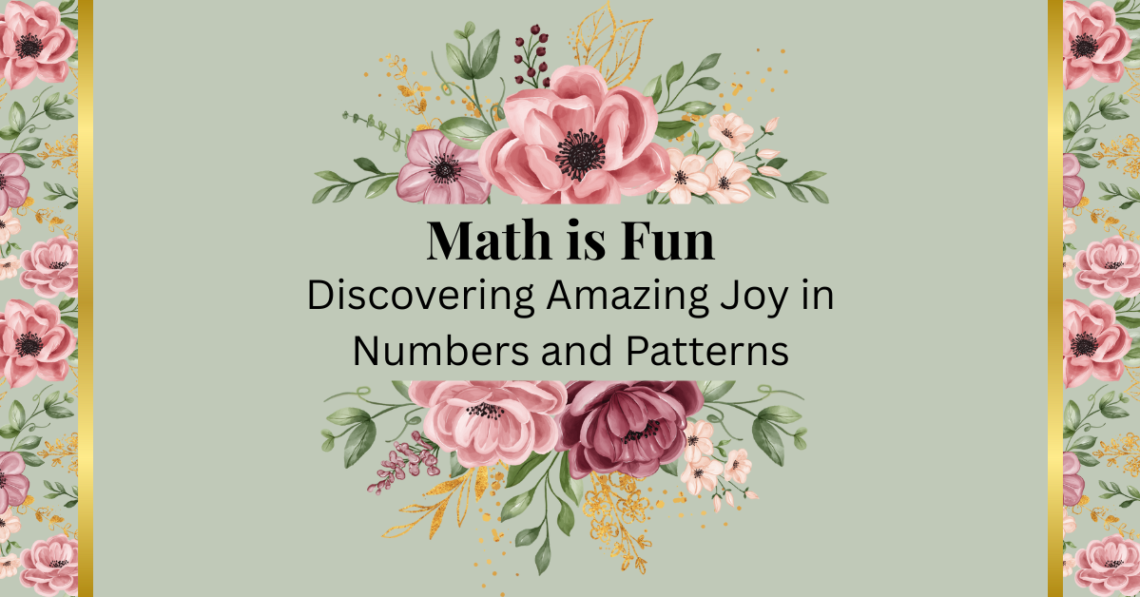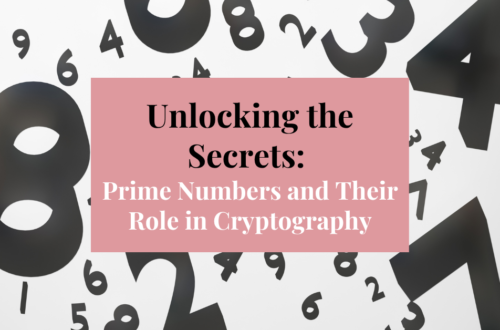For many people, the word “math” brings up memories of long homework assignments, difficult tests, or confusing formulas. It’s common to hear students (and even adults) say, “I’m just not a math person.” But what if I told you that math can actually be enjoyable, exciting, and even fun?
The truth is, math is fun when we see it not as a set of rigid rules but as a beautiful language that explains the world around us. From nature’s patterns to the technology we use every day, math is everywhere. And the more we learn to appreciate it, the more fascinating it becomes.
In this post, we’ll dive into why math is fun, how to discover joy in learning it, and some practical ways to make math come alive for students of all ages.
Why Math is Fun
Math isn’t just about numbers—it’s about discovery, problem-solving, and creativity. Here are a few reasons why math is fun when we approach it with curiosity:
- Math Explains the World Around Us
Math is in the spiral of a seashell, the symmetry of a snowflake, and the orbit of planets. The Fibonacci sequence, for example, shows up in flowers, pinecones, and even galaxies. When you notice these patterns, math becomes a way of understanding God’s incredible design. - Math is Like a Puzzle
Solving a math problem is like putting together the pieces of a puzzle. There’s a challenge, a process, and then that wonderful “light bulb moment” when everything clicks into place. That satisfaction makes math enjoyable. - Math Builds Confidence
Each time you solve a problem or master a concept, you’re proving to yourself that you can do hard things. That sense of accomplishment makes math not just fun, but empowering. - Math Encourages Creativity
Believe it or not, math isn’t only logical—it’s also creative. There are often multiple ways to solve a problem, and math allows you to explore different paths to the same answer. - Math Has Real-Life Applications
From baking to budgeting, designing buildings to programming apps, math shows up in real-life situations. When you realize how useful it is, learning becomes more engaging and practical.
How to Make Math Fun for Students
If you’re a parent, teacher, or student, here are some ways to spark joy in learning math:
1. Use Games and Challenges
Math doesn’t have to be about worksheets and drills. Board games, card games, and online math puzzles turn practice into play. Games like Sudoku or logic riddles challenge the brain and keep things interesting.
2. Connect Math to Everyday Life
Show how math relates to daily activities. Cooking uses fractions, shopping teaches percentages, and sports involve statistics. When math is connected to things you love, it’s much more fun.
3. Encourage Exploration and Questions
Instead of focusing only on right answers, encourage curiosity. Ask, “What would happen if…?” or “Can you find a different way to solve this?” Math becomes fun when it’s about exploration rather than memorization.
4. Use Technology and Apps
There are countless apps and websites that make math interactive. From gamified learning apps to virtual manipulatives, technology helps students see math concepts in action.
5. Celebrate Mistakes
Mistakes are part of the learning process. When students see mistakes as opportunities to grow instead of failures, math feels less stressful and more fun.
Fun Math Facts That Show Why Math is Amazing
Here are some cool math facts that can bring a smile to your face and remind you that math really is fun:
- A circle has infinite lines of symmetry—no matter how you cut it, the halves match.
- Zero is the only number that can’t be represented by Roman numerals.
- The number π (pi) goes on forever without repeating, and mathematicians are still discovering new digits.
- The word “hundred” comes from the Old Norse word hundrath, which actually meant 120.
- Did you know that every even number greater than 2 can be written as the sum of two prime numbers? This is called the Goldbach Conjecture.
When you look at these fun facts, math feels more like magic than just rules and formulas.
Finding Joy in Math as a Christian
As someone who believes in God, math becomes even more exciting. It’s not just human invention—it reflects the order and structure of God’s creation.
Colossians 1:16 says, “For everything was created by him, in heaven and on earth, the visible and the invisible…” Math reveals the invisible patterns and systems that hold our world together. Each equation, formula, and sequence is a reminder of God’s wisdom.
When we discover that math is fun, we’re also discovering more about the Creator who designed it all.
Overcoming the Fear of Math
Many people believe the myth that they’re “bad at math.” The truth is, anyone can learn math with patience and the right approach. Here are some ways to overcome math anxiety and find joy in the process:
- Start small. Focus on mastering one concept at a time instead of everything at once.
- Practice regularly. Just like learning a sport or instrument, math requires practice.
- Ask questions. Don’t be afraid to admit when you’re confused. Questions are the gateway to understanding.
- Stay positive. Speak words of encouragement over yourself: “I can learn this. I can improve.”
- Seek support. Teachers, tutors, or even math-loving friends can make the journey less overwhelming.
Once the fear is replaced with confidence, math becomes a subject to look forward to instead of dread.
Why I Believe Math is Fun
As a teacher, I’ve seen firsthand the transformation that happens when students stop fearing math and start enjoying it. Some of my favorite moments in the classroom are when students experience that “aha!” moment—when a tough problem suddenly makes sense.
Over the years, I’ve had students who came into class convinced they would fail math, only to discover by the end that they were actually good at it. That shift in mindset opens up not just academic success but also a newfound love for learning.
For me personally, math has always been more than numbers—it’s a way to see beauty in the world and to connect logic with creativity. Teaching it has only deepened that joy.
Final Encouragement
Math is not something to fear—it’s something to embrace. It’s a puzzle, a language, a game, and a tool for understanding God’s world. Whether you’re a student trying to make sense of fractions, a parent helping with homework, or someone who hasn’t touched algebra in years, remember this: math is fun.
The more you approach math with curiosity and playfulness, the more you’ll discover its joy.
Call to Action
What about you—have you ever had a moment where you realized math could be fun? I’d love to hear your story! Share in the comments your favorite math memory, a cool fact you’ve learned, or even a challenge you’re working on right now. Let’s encourage one another to see math not as a burden but as a blessing.





